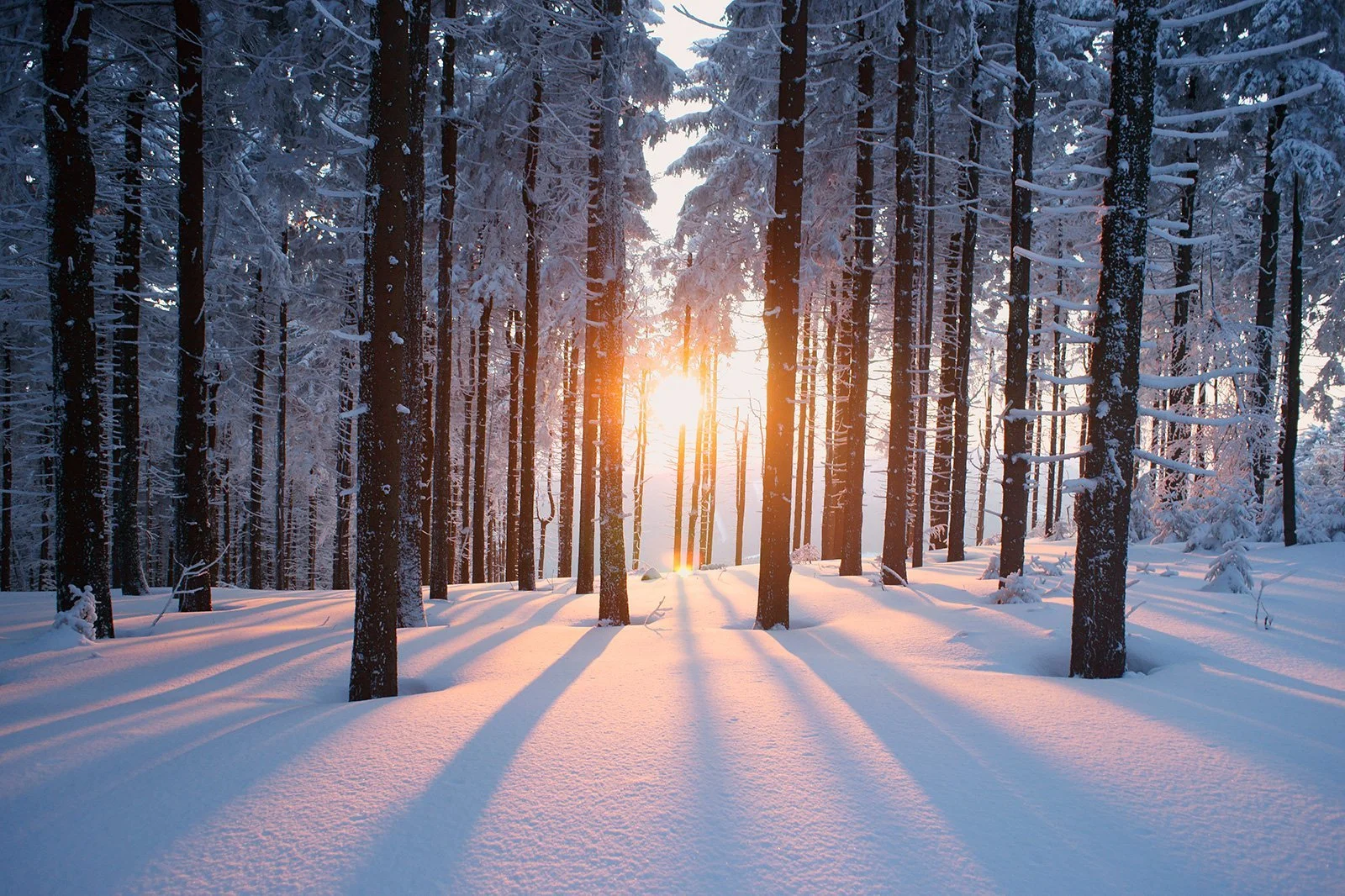Instead of New Year's Resolutions, look for the invisible
By Gregory Ronczewski, Director of Product Design at Ibbaka. See his skill profile.
The main hall at Gresham College in London, where the Royal Society met, was packed on March 27, 1800. Nineteen years earlier, Sir William Hershel had discovered a new planet he named George's Star (Georgium Sidus) to honour King George. Finally renamed Uranus. It was the first new planet discovered since antiquity. It earned Hershel the title and the appointment to the Royal Astronomer with an annual salary of £200, allowing this very talented musician and composer to dedicate all of his time to astronomy. No surprise then that his appearance on a beautiful spring day drew crowds to find out what he was about to present.
Images from American Scientist
Sir Hershel spent much of his time after the discovery of Uranus looking at the Sun through the telescope he constructed. Of course, one can imagine how dangerous it is to look at the bright star through the lens, which will magnify the effect. He took precautions adding smoked glass to block the impact. During his observations, he noticed changes in the amount of heat generated by the sunray that has been run through a prism creating a spectrum. With a thermometer, he recorded differences in the temperature within the visible rainbow caused by the sunlight. The orange and red light was warmer, while blue and violet did not present any change. So the heat was going up and up as he moved his measuring device from the left (blue) to the right (red), and then something surprising happened. The temperature kept rising, but there was no visible light to measure. There was something in the darkness beyond the red end of the spectrum. He found the invisible light. In a split second, he realized that there is much more beyond the visible. The term infrared is Latin for "below," however, this term did not enter the scientific vocabulary until 1880. Hershel called this "a radiant heat" - something we all experience sitting by the fire that warms our hands and faces. Modern spectrometers, although far more sophisticated, use the same principle. The most intriguing aspect of his discovery was the profound impact of the invisible.
In design, there is the term "white space." In print, it is the area "with no pictures, illustrations or printed text." In business, "White space is dedicated time when you take a mental pause from work and other commitments to let the mind travel in whatever direction it sees fit." Almost like magic, something empty can increase comprehension by up to 20%. That is not bad for non-existing elements.
In fact, we are submerged in electromagnetic radiation all the time. The fact that I can't see the waves doesn't mean they do not surround me. For example, when I studied architecture, there was a workshop I vividly remember. The presenter asked us to hold a drafting triangle supported by fingers on our left and right hands so the triangle formed a vertically oriented sail with the top facing forward. Now, stroll along, concentrating on the triangle. After a few meters, the triangle will turn as if hitting an invisible wall - the "Swiss or Hartmann's grid" represents the natural radiation passing over the Earth. So, despite being hidden, it exists. In mid-latitudes, the lines are parallel with a distance of 2.5m East-West and 2m North-South. The intensity of the Hartmann lines increases during the night. Therefore, the effects on human health occur mainly during the hours of sleep. It is a fun experiment to do - finding the invisible.
I'm not too fond of New Year's parties. I never have been. I know it sounds very dull—the ideal scenario is to watch an excellent movie and go to bed before midnight. No fireworks, no champagne, no celebration. Why? I am not sure, but for some reason, the pressure to celebrate and to make New Year's resolutions lost its appeal to me many years ago. It becomes an artificial ritual where I suppose to plan how to reinvent myself. I started asking why. Why should I reinvent myself? Is something wrong with me? Why now and not at the summer solstice? Setting goals is an excellent idea, but the framing seems odd to me. Most people I know never achieve anything from their New Year's list of items. Of course, there are exceptions, but driven individuals would hit the mark regardless. Instead, I like to take a different approach since it is anyway a moment when the circle of time completes a rotation. I want to look at the passing year and see all the beautiful moments, people, and places I was fortunate to experience. Instead of setting a very high bar, I like to build a foundation so that reaching the bar feels natural when I stand on it. What is fascinating is that the most potent building blocks from the past year come in the invisible format. Feelings, experiences, and emotions. We can't see them, yet they bring us joy, delight, and pleasure. Connecting with an old friend. Experiencing a breakthrough, the aha moment in a project. Finding connection to my thoughts in a book. Discovering new abilities, skills or talents as well.
So, for the new year, I propose skipping the resolutions and returning to the exceptional moments of the passing year. For sure, not all of them were exceptional. That would be strange. But often, in some twisted way, the experience—sad or even traumatic—adds to the essence of this wonderful life, the miracle that awaits us every morning with the Sun rays warming up the visible and invisible. Happy New Year!




